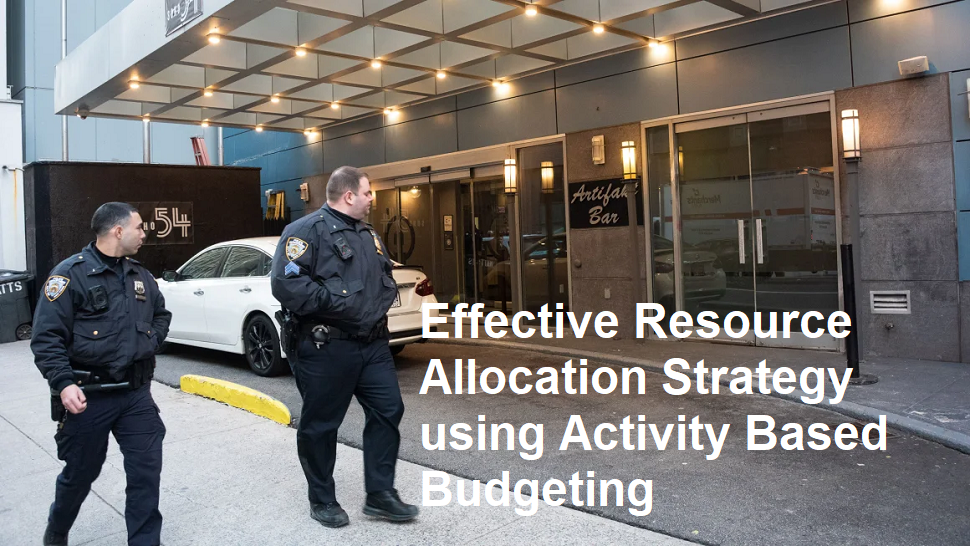BAGHDAD — A massive sandstorm engulfed large swaths of Iraq on Tuesday, April 15, 2025, triggering a public health emergency as 3,747 people were hospitalized with severe respiratory complications, according to Iraq’s Health Ministry. The storm, which reduced visibility to near-zero and coated cities in thick orange haze, struck Baghdad and multiple provinces, overwhelming healthcare facilities and prompting calls for urgent international aid. Health Ministry spokesperson Saif Al Badr confirmed the casualties, warning that the numbers could rise as remote regions report further cases.
Impact of the Sandstorm
The storm, driven by winds exceeding 50 km/h, swept across central and western Iraq, including the capital Baghdad, Anbar, Nineveh, and Salahuddin provinces. Residents described scenes of chaos as emergency services struggled to transport patients through blocked roads. “Hospitals are operating beyond capacity, with corridors filled with patients gasping for air,” Al Badr stated. The Health Ministry issued directives for citizens to remain indoors, but many daily wage workers and displaced populations in informal settlements lacked adequate shelter.
In Baghdad, the air quality index (AQI) surged to 750—over 30 times the World Health Organization’s (WHO) recommended limit—classifying conditions as “hazardous.” Schools, government offices, and airports suspended operations, while electricity grids faltered due to dust-clogged generators.
Health Crisis and Vulnerable Populations
Medical staff reported a surge in cases of asthma attacks, chronic obstructive pulmonary disease (COPD) exacerbations, and pneumonitis, particularly among children, the elderly, and those with pre-existing conditions. “We’ve run out of ventilators and nebulizers. Even masks are scarce,” said Dr. Rana Abbas, a physician at Baghdad’s Al-Kindy Hospital. The Health Ministry has deployed mobile clinics to hardest-hit areas, but shortages of medicines and oxygen tanks persist.
Iraq’s healthcare system, already weakened by decades of conflict, corruption, and underfunding, faces collapse under the added strain. The WHO has pledged emergency supplies, but delivery delays are expected due to the ongoing weather disruption.
Environmental and Political Context
Iraq is among the world’s most climate-vulnerable nations, with sandstorms increasing in frequency and intensity due to drought, desertification, and poor land management. A 2023 University of Baghdad study linked the crisis to the rapid drying of the Tigris and Euphrates rivers, which has turned 90% of Iraq’s wetlands into dust bowls. Over the past decade, sandstorm days have risen from fewer than 20 annually to nearly 300 in 2024.
Critics accuse the government of ignoring long-term environmental reforms. “Authorities prioritize oil revenues over sustainable policies. This negligence is costing lives,” said environmental activist Huda Salim. In 2022, a similar storm killed 12,000 Iraqis indirectly through respiratory illnesses, per WHO estimates.
Government and International Response
Prime Minister Mohammed Shia’ Al-Sudani declared a state of emergency in affected provinces, mobilizing military units to assist in relief efforts. The Health Ministry announced plans to import 10,000 oxygen concentrators from Turkey and Iran, while the Environment Ministry pledged to accelerate a stalled “Green Belt” initiative to plant drought-resistant trees around cities.
Internationally, the United Nations has called for urgent climate adaptation funding for Iraq, noting that the country contributes less than 0.1% of global emissions yet bears disproportionate climate impacts. Neighboring Kuwait and Saudi Arabia offered to send medical teams, reflecting regional concerns over shared environmental threats.
Global Implications
The crisis highlights the escalating human toll of climate-driven disasters in conflict zones. Iraq’s sandstorms are now affecting neighboring Iran and Syria, where thousands have also sought treatment this week. The World Bank warns that without intervention, over 40% of Iraq could become uninhabitable by 2050 due to rising temperatures and water scarcity.
Tuesday’s sandstorm underscores Iraq’s precarious position at the intersection of climate change and governance failures. While emergency measures may provide short-term relief, experts stress that systemic reforms—including water management, renewable energy investment, and healthcare infrastructure upgrades—are critical to preventing future catastrophes. For now, the sight of hospitals overflowing with breathless patients serves as a grim reminder of the urgent need for global solidarity in addressing climate vulnerability.












